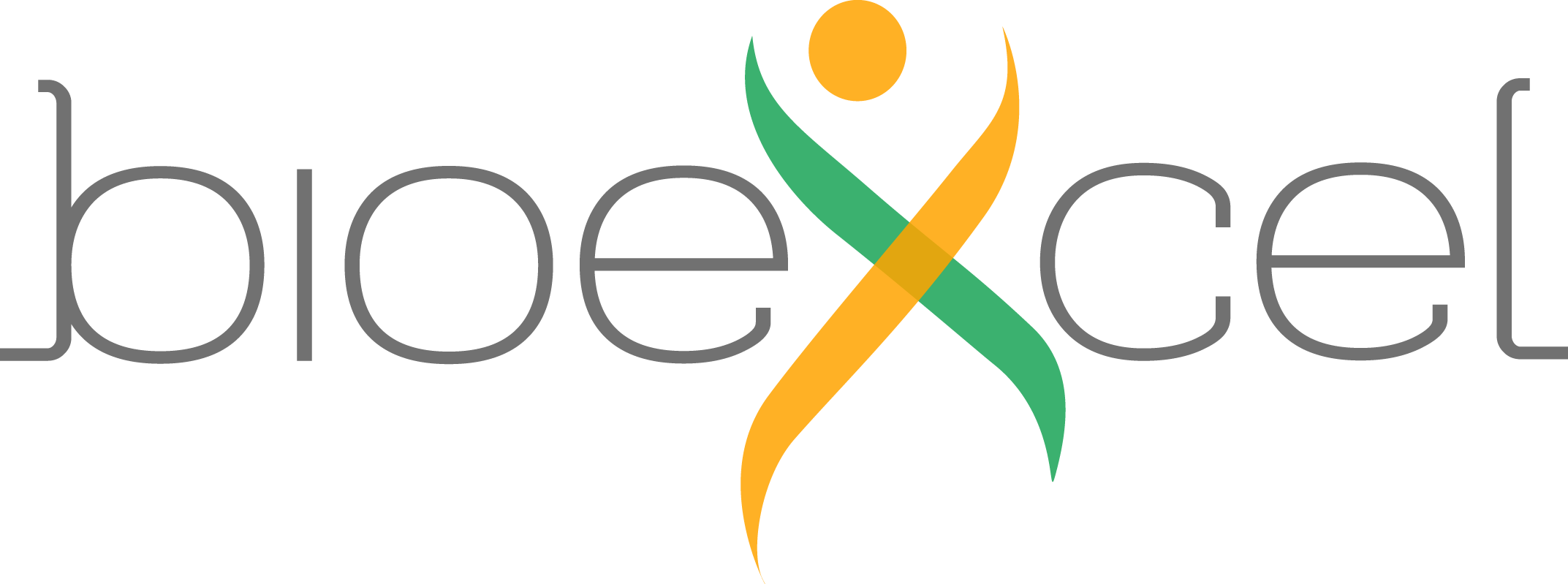Automatic Ligand parameterization tutorial using BioExcel Building Blocks (biobb)
This tutorial aims to illustrate the process of ligand parameterization for a small molecule, step by step, using the BioExcel Building Blocks library (biobb). The particular example used is the Sulfasalazine protein (3-letter code SAS), used to treat rheumatoid arthritis, ulcerative colitis, and Crohn's disease.
OpenBabel and ACPype packages are used to add hydrogens, energetically minimize the structure, and generate parameters for the GROMACS package. With Generalized Amber Force Field (GAFF) forcefield and AM1-BCC charges.
Copyright & Licensing
This software has been developed in the MMB group at the BSC & IRB for the European BioExcel, funded by the European Commission (EU H2020 823830, EU H2020 675728).
- (c) 2015-2022 Barcelona Supercomputing Center
- (c) 2015-2022 Institute for Research in Biomedicine
Licensed under the Apache License 2.0, see the file LICENSE for details.

Version History
Version 2 (latest) Created 24th Mar 2022 at 14:20 by Genís Bayarri
Add sample file
Frozen
 Version-2
Version-2c547a4b
Version 1 (earliest) Created 17th Mar 2022 at 14:08 by Genís Bayarri
Initial commit
Frozen
 Version-1
Version-10584702
 Creators and Submitter
Creators and SubmitterCreators
Submitter
Views: 2726 Downloads: 704
Created: 17th Mar 2022 at 14:08
 Tags
TagsThis item has not yet been tagged.
 Attributions
AttributionsNone
 https://orcid.org/0000-0003-0513-0288
https://orcid.org/0000-0003-0513-0288